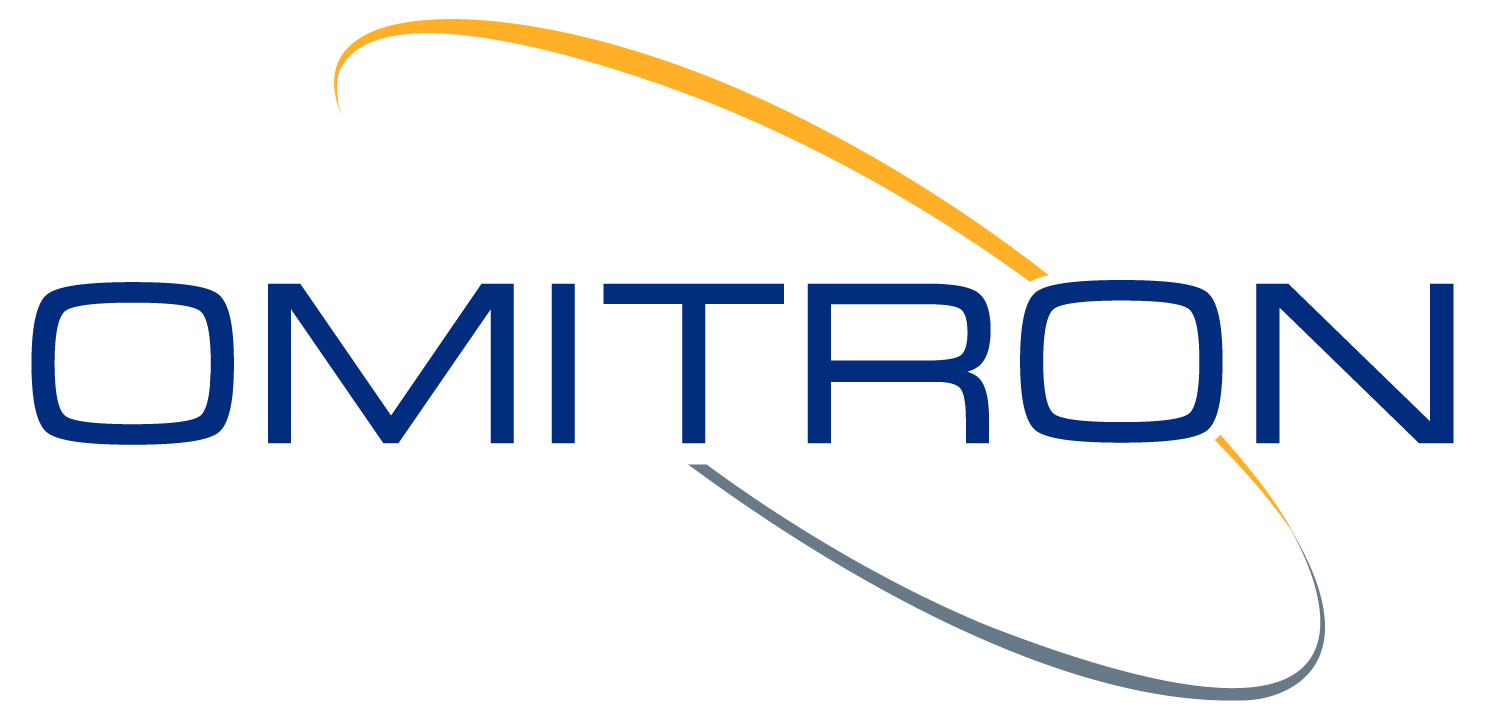A tiny NASA payload, known as IceCube or Earth-1, will demonstrate and validate a new 874-gigahertz submillimeter-wave receiver that could help advance scientists’ understanding of ice clouds and their role in climate change. The remote sensing instrument is capable of providing an accurate assessment of the distribution of atmospheric ice.
The IceCube mission – a 3U CubeSat – launched from the International Space Station (ISS) on May 16, 2017. The NASA Goddard Space Flight Center’s Flight Dynamics Facility (FDF) operated by Omitron, was tasked with providing acquisition data based upon ISS orbital information and the planned deployment characteristics of IceCube. The requested information was provided and the project team successfully acquired the spacecraft just a few hours after deployment!
However, a few days later, the FDF was informed that IceCube had been out of contact since May 18th. The control center had multiple unsuccessful passes using Two Line Element sets (TLE) from the Joint Space Operations Center (JSpOC) as well as Global Position System (GPS) information obtained from the spacecraft. The FDF analysis team jumped into action analyzing the original mission data along with the data obtained from the spacecraft. After careful and thorough analysis, FDF identified an issue with the GPS solutions obtained from the spacecraft – determining the data was off by 350km. FDF generated updated acquisition data based on the ISS state and IceCube deployment characteristics and provided it to the project.
The project suspected the data provided by FDF was “out of family” and did not fit with the expected spacecraft position due to the relative position of other Cubesats deployed at the same time. On the morning of May 24th, the IceCube Project reported another unsuccessful acquisition attempt using the TLEs provided by JSpOC. Later that day, FDF performed an evaluation of the JSpOC-provided TLEs against the long propagation using release state plus delta-V and determined the Project had used a TLE for one of the other Cubesats.
On May 26th, the Wallops Flight Facility (WFF) successfully acquired and tracked IceCube using the information provided by the FDF. The consistency of the FDF solutions allowed the IceCube Project to identify the correct IceCube acquisition data – later confirmed when JSpOC identified this object as IceCube.
The timely, accurate, and dedicated analysis and support provided enabled the project to find and regain contact with their spacecraft!
Congratulations to the FDF team on another job well done!
Omitron News Group



